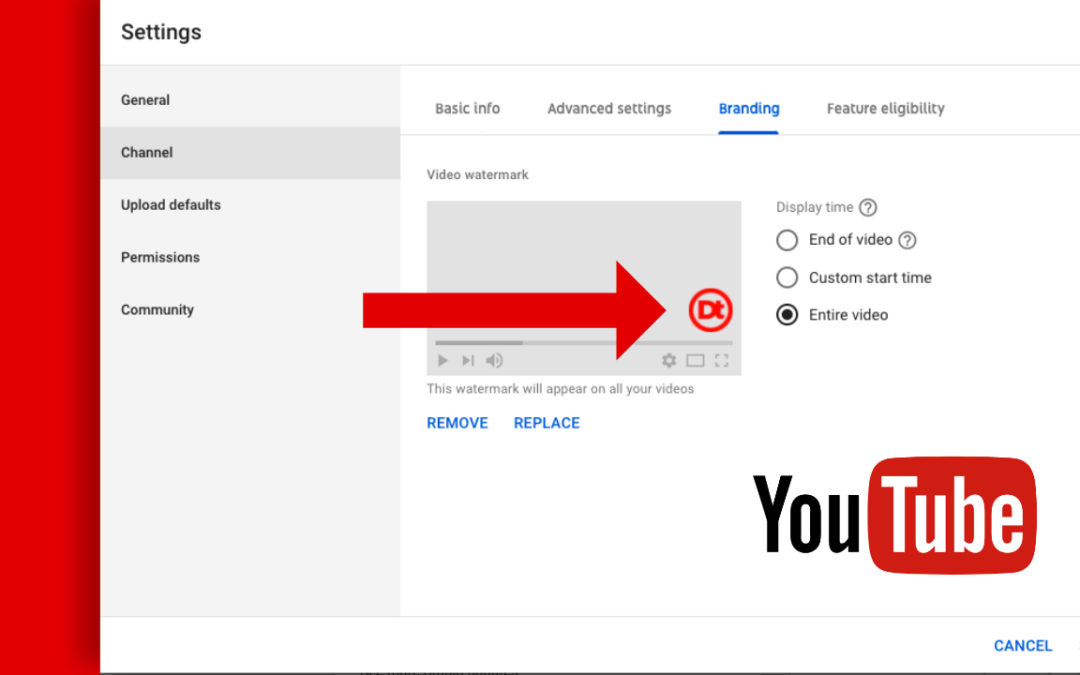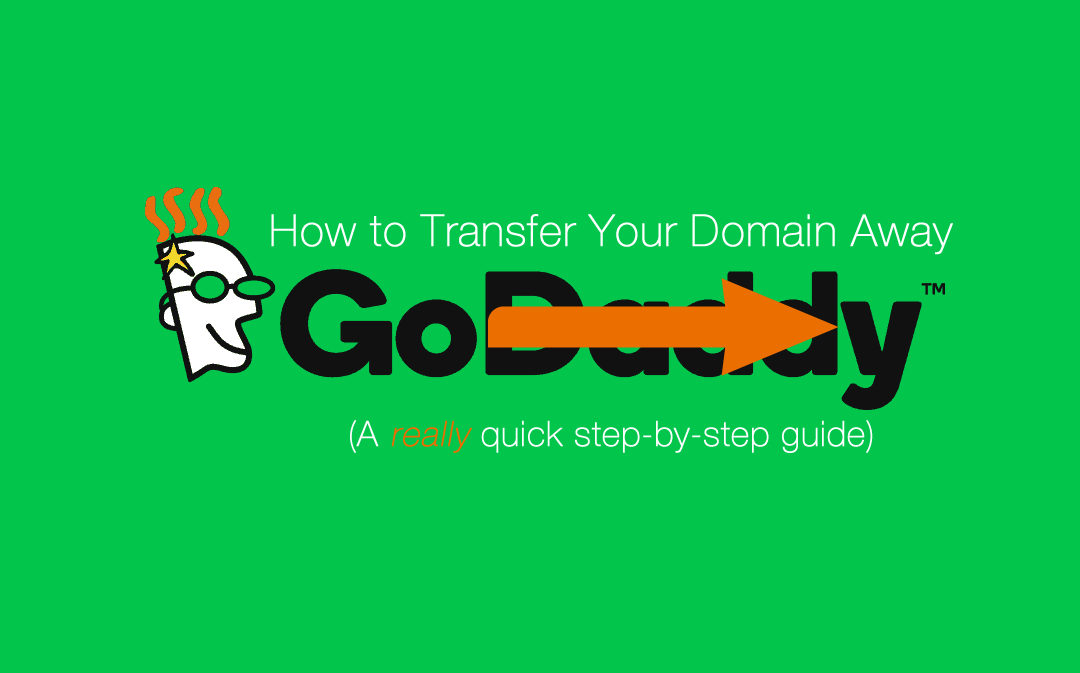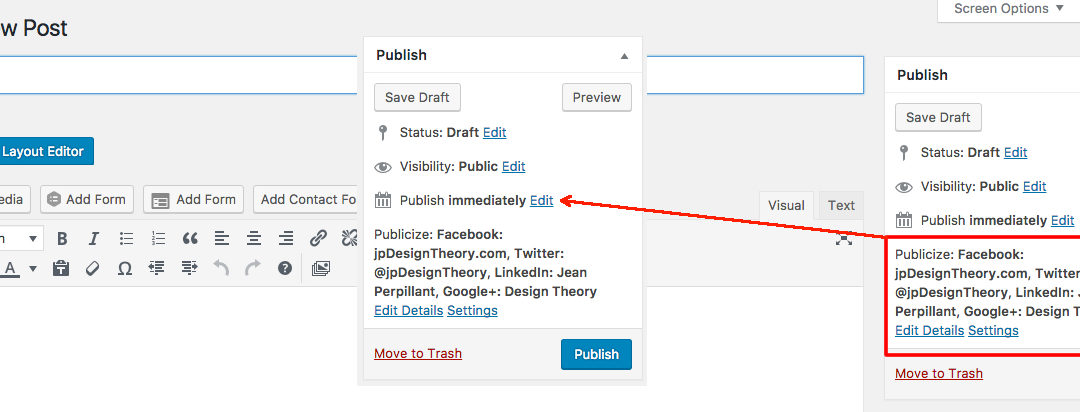


Remove Autofill Email Addresses in Mac Mail
If you’ve been using Mac Mail for at least a year, you’ll acquire a lot of email addresses for people you have emailed or responded to. While many of them may not be in your Contacts list, their email addresses and names are stored in a cache of...
How to Transfer A Domain from GoDaddy to Another Host
A quick step-by-step guide on how to transfer your domain from GoDaddy to another hosting provider.

Add A New User to Your Google Analytics Account
If you’ve been using Google Analytics for tracking your website data, but need to grant access to someone, this is the article for you. The whole process takes less than 5 minutes to complete. First you’ll want to log into your Google Analytics account....
How to Setup Custom Reply Messages for Facebook Pages
Recently we were asked to help setup a Facebook Business page and unless you follow the blogs on Facebook, each time you want to go in and make a change, they’ve updated their user interface and move things around. It’s supposed to make things easier but I...


